|
Besides shelter, your rental property should keep your tenants secure. Read on to learn how to improve the safety of your rental. We all want to live in a safe place, but as a landlord, you are also responsible for maintaining the safety of someone else's home. You also have an obligation to protect your business's valuable assets. You have a legal responsibility to take reasonable precautions to keep your tenants' homes secure because a break-in is upsetting for everyone involved, especially in the case of furnished dwellings. Although it's unsettling to think about, burglaries do happen to people, and ignoring security concerns won't make things better. In order to improve the safety of your rental, you don't have to break the bank, and there are many options available. Secure the door What is the most important thing you provide to ensure the security of your tenants? If the exterior doors of your building are not secured, burglars and other unwanted guests will have easy access to your tenants and their belongings. Make sure the door locks are working, and the doors are closing properly. Deadbolts are a more robust security measure than a doorknob lock alone. It could be a good idea to place a peephole in the door, so your tenants can see who is knocking. Keep the windows secure Rental homes may have multiple entry points, including windows. If the windows aren't locked, burglars might easily break into the apartment, especially if it's on the ground floor or second floor. Make sure that all of the locks on your windows are fully operational and in good condition. Add window bars for your tenants' peace of mind. It's possible that some people will turn down your offer just because of how they look. Set up smart locks Smart locks require tenants to enter a PIN to enter their homes. Some people want a key fob in addition to the code for further security. These smart door locks are useful for evicting tenants when their lease is up. To prevent the previous tenants from entering, update the code. If you frequently lose your keys as a renter, this is a great solution. They need only learn the code once to never be shut out again. You'll also benefit from this excellent news because you won't need to employ a locksmith or grant them entry to your property. Add to or improve the lighting Having adequate lighting is a simple way to improve the safety of your rental. Safer pathways and more aesthetic outdoor areas are two benefits you can reap from installing automatic lighting. Having a safe rental will usually retain your tenants longer. Look around the rental property after dark to see if there are any areas that could benefit from extra light. Make sure there is sufficient lighting around your home to see everything on the property, even if your tenants don't turn on their outdoor lights. Pathway lighting will ensure the safety of residents walking to and from their homes after dark, and floodlights are an excellent option for lighting the sides of a structure. Think about installing solar panels to cut down on your monthly energy bills. Set up surveillance cameras Formerly prohibitively expensive security camera installations are now more affordable for homeowners, giving you and your tenants more peace of mind. Tenants are prohibited from installing security cameras inside their unit, although they can be used to monitor the front door, stairwells, and back of the building. Because of this, cameras are effective even when they are not actively recording. Establish a safety system
A security system is an expensive investment, but it will help you feel protected in your own home. You can find a security system that fits your needs and budget since there are several options to choose from. You also have the option of choosing a home security company. As there are many of them to choose from, you should find an adequate solution to your problems and needs. Door and window sensors, smoke detectors, and motion-detecting lights are all essential components of a comprehensive security system, so keep those in mind while you shop. DIY security devices are convenient since you can easily set them up and access them from afar. As long as you're connected to the device, probably through an app on your smartphone, you'll be able to use it. Monitoring costs are usually not too high on a monthly basis, although some tenants may be willing to pay more for peace of mind. Make exit points accessible One easy way to deter unwanted visitors is to maintain a spotless entrance and exit to your rental home. Trim massive bushes, so they don't block the view of your house from the street. If you're worried about potential criminal activity, you might want to install surveillance cameras at the entrances and exits of your property. By keeping all exits and entryways unobstructed, we ensured that first responders could get to the scene quickly and residents could get out safely. Employ the services of a property manager Hiring a property manager can give you peace of mind whether your building is empty or occupied because they will be responsible for the building's upkeep and security while you are away. Experts at consumeroponion.org suggest that you look for different providers and services online. A property manager can help with issues like maintenance, problem-solving, and security if you are unable to be physically present at the rental property. If you want to make sure your rental property is in good shape and improve the safety of your rental, you can ask the property manager to do random inspections on the tenants. They might even show up when the place is deserted to send a message to would-be burglars that someone is keeping an eye on things and using the space. At the end of a lease, collect all keys Never allow your renters to leave with the keys to your rental property after they have moved out. While your renters may have been reliable and pleasant, you never want extra keys lying around. You never know where the keys will wind up. When your renters leave, meet with them to inspect the unit and hand over the keys. It may take a few hours out of your day, but it will significantly improve the safety of your rental. Photos via: Unsplash Pexels Pexels Unsplash Want to keep tenants on your rental properties? Read this list of 7 ways to raise your tenant retention rate now! It’s the priority of every landlord to keep high-quality tenants in their properties. Tenants that don’t cause trouble and always pay their rent on time. That said, however, you won’t be able to find perfect tenants every single time. Still, it’s also important to remember that tenant turnover is one of the most expensive parts of rental properties. As such, landlords generally need to avoid tenant turnover as much as possible. To help you with this, we’ve put together a list of 7 ways to raise your tenant retention rate. Thoroughly screen tenants before accepting them First up on our list of the seven ways to raise your tenant retention rate is finding good tenants in the first place. Screening your tenants before allowing them to stay on your property is the best way to ensure they won’t cause trouble and you won’t have to kick them out. So, do a background check, verify their income and look into some tenant references. When talking to the tenant references, ask them questions such as: were there issues with the tenant, did they pay rent on time and in full, how did they maintain the property, and would they rent to this tenant again? If you don’t like what you hear, it’s probably best to decline the tenant. Additionally, consider some staging tips for your rental property to attract tenants in the first place. Keep rent increases consistent and fair As a landlord, one of the priorities for your rentals is to bring in profit. As such, it’s understandable that, over time, you’ll increase the rent rates to stay profitable. However, prices rising suddenly and by too much can scare off a lot of tenants. Try to keep the increases smaller and introduce them over more extended time periods. Additionally, do market research and justify your reasons for increasing the rent. A good rule of thumb is to keep the rates lower than market rates and implement them slowly. Additionally, experts from Peasley Transfer & Storage advise that, if you do have to turn over a tenant, there are benefits to having a storage unit on standby. A bit of extra space never hurts. Give incentives for lease renewals One of the most important ways to raise your tenant retention rate is to give incentives for lease renewals. After all, your tenants renewing their lease means they will stay on your property, which should be a priority. The most effective incentive is, of course, a discount on the rent. However, this isn’t always an option, and you must get creative. For example, you can consider partnering with companies to offer your tenants deals and other similar things. Remember, you need to keep your tenants interested, so whatever offer you make, you need to make sure it’s something they’ll consider. Keep an eye on the rental markets Local amenities are a big part of retaining your current tenants. If your properties start to get outdated, tenants will look for better places to stay, and you will lose them. As such, it’s essential to constantly monitor the local rental markets and stay up to date with your properties. Remember, upgrades to your rental properties are investments and will pay for themselves in the long run. Of course, questions like should you install smart technology in your rental property are good to ask. But, generally speaking, the answer is usually yes, especially if other properties in the area are starting to do it. Make maintenance a priority Nobody wants to stay on a property that is falling apart, and that’s completely understandable. This means that you should always prioritize maintenance for your rental properties. Be proactive with your maintenance, and make it a routine that you stick to. If some unexpected problems occur, whether it’s a complete accident or the tenant’s fault, make sure to fix them as soon as possible. Of course, avoiding emergency repairs is the best way to deal with them, and if a tenant notifies you of an issue, it’s important to answer promptly and get it fixed. This also builds trust and shows that you are a professional, which are both excellent for tenant retention. Finally, if you need to change the flooring on your properties, consider how to choose the right flooring for your rental property. These things are going to keep your tenants happy and in place. Provide quality customer service
No matter how you look at it, customer service is essential for all businesses, and rentals are the same. If your tenants feel heard and valued, they will likely stay on your properties. This starts as early as their move-in date. You must provide all the information your tenant needs to move into the property. From there on, make sure to listen to their requests and worries and reply promptly. If any sort of issue arises, answer them as quickly as possible and see that they’re solved just as quickly. And when dealing with problems or general maintenance, keep your tenants updated on the progress. Remember, everyone likes being heard and valued, and it goes a long way for your tenant retention rate. Be professional but also personable Every landlord has measures and punishments for damage to the property, missed payments, and other issues. It makes sense, as they need to enforce the lease rules to stay in business. However, remember also to be understanding with your tenants. For example, if your best tenant happens to miss a payment, try to check in with them. See what the problem is and try to find a solution instead of immediately resorting to punishments. 7 ways to raise your tenant retention rate – wrap up Landlords need to ensure their tenants stay on their properties to avoid losing profit. Thankfully, there are quite a few easy ways to increase retention rates if you’re willing to put in a little effort. We hope that this list of 7 ways to raise your tenant retention rate helps you out. Photos used: Pexels Pexels Pexels Pexels There is no universal solution to this issue. Many factors come into play if you should install smart technology in your rental property, including the type of rental property you own, the number of units in your building, and the preferences of your tenants. Landlords who want to improve their property's efficiency and the quality of life for their renters may find smart technology a worthwhile investment. But it is essential to weigh the benefits and drawbacks of any smart technology solution before making a choice. Landlords should carefully consider their options because there are many ways to accomplish the same goals without spending money on smart technology. How does smart technology function in a rental?
Electronic plug adapters and freestanding sensors are external devices that can provide the same functionality as a system hardwired into the house's structure and managed from a central control panel without requiring installation or rewiring. These home automation systems help people build "smart" homes that can be controlled by an app on a user's smartphone or tablet over a wireless, direct connection. Builders and investors in the rental market are weighing the pros and cons of installing smart home automation systems to, among other things, attract tech-savvy tenants who are willing to pay higher rents and to more actively manage maintenance, increase security, and prevent property damage. Renters who want smart home features but whose landlord is unwilling to provide them can save money by buying their own devices that won't void the lease or cause damage to the property. Now, let’s go over some pros and cons of smart technology in rental properties: Pros: Safety in the home is enhanced through automation. If you want to keep an eye on the safety of your property's perimeter and prevent and lessen the impact of structural issues like leaking pipes, then you should set up cameras and sensors. All Season Movers can give you plenty of helpful advice if you're moving to a new, unfamiliar neighborhood. Security systems give tenants peace of mind and assist in preventing unwanted intrusions, but the level of protection they offer depends on the system's design and implementation. For a studio, a door sensor and a smart security camera are enough, but for a bigger home, you may need more sensors to keep track of all the doors and windows. Remember that you are responsible for adhering to all laws and ordinances in your area and protecting the privacy of your tenants. Camera installation in a rental property requires confidence on both sides, whether you are the tenant or the owner of the rental property. The renter needs to know that you won't be sneaking around in their home. Automation of energy Another reason to install smart technology in your rental property is energy automation. Smart technology can alleviate landlords' concerns about their tenants accidentally leaving lights on or the temperature set too high or too low while they are away at work or on vacation. The smart lighting, thermostat, and plug systems all aim to control the temperature in a room, turn off individual outlets, reduce energy waste, and protect the environment. There is also the option of installing energy monitors, which can help you save money by tracking energy use down to the individual room level and revealing any potential energy leaks. Smart instruments can reduce your maintenance costs by hundreds Water collecting in one spot can become a serious issue soon. Unfortunately, problems that begin anywhere (the basement, a tenant's washing machine, or even beneath their sink) may go undetected for long enough to cause significant harm. Smart moisture sensors are affordable, hassle-free insurance coverage that you may install in such areas. With this gadget, you'll be notified as soon as an issue is detected, potentially saving you hundreds of dollars on maintenance. Moisture sensors can be a lifesaver if you own a property with a basement or another potentially hazardous area that isn't monitored or used daily. Cons: Where do you stand with your online connection? If your Wi-Fi connection is weak, your smart devices won't be able to do their jobs properly, defeating the purpose and making life more difficult for you. Before installing smart connections, you should make sure that your community has the necessary connectivity to support them. Concerns about safety One of the cons of having smart technology in your rental property is the question of safety. While smart technology has the potential to enhance the safety of a rental property, it also presents its own set of challenges in this area. Theft may occur, for instance, if you're renovating, so renting self-storage can be a great solution for your items. To mitigate this risk, landlords should only deploy smart devices that have been thoroughly researched for vulnerabilities and patched when necessary. In addition to fixing any problems, they should show tenants how to use the equipment correctly. Some risks come with putting smart technologies in rental properties, but you can lessen these risks by taking the proper steps. LEARNING CURVE There is a learning curve associated with using any technology, and for those who aren't up to date on what's possible in the digital realm, smart technology might seem particularly daunting. Because of this, it might help to have analog options for renters who aren't as good with technology or to choose devices with apps that are easy to use. Numerous high-tech home automation products are currently available. There are benefits and drawbacks to installing smart technology in your rental property. Research the products and manufacturers to find the best fit for your needs before making a purchase. Well-implemented technology may make a landlord's job easier. If you put in the time to learn about your demands and those of your tenants, you'll be able to zero in on some fantastic technological options for your rental home. Photo Credit. Follow these staging tips for your rental property and find the best possible tenants in the shortest amount of time. For people that want to rent out their property, two things are crucial: to rent fast for their asking price and to have a great tenant who will stay for an extended period. You will have to make potential tenants feel amazing in your property to achieve both of these goals. As all great results usually involve some hard work, it is understandable that you will need to make specific efforts to achieve what you want. It is well known that staging homes yield fantastic outcomes both with tenants without any of their furniture and those that want to rent an empty property. In the following text, 7 staging tips for your rental property will wow your tenant candidates. 1. Your rental property must be clean and clutter-free No one wants to live in a filthy home with numerous unnecessary objects. Also, everything that looks like a lot of work throws off potential renters. Besides, untidiness inspires mistrust in many people, so your first step towards successful staging and renting is the good old cleaning. If you want to be efficient, don’t rush into it without a plan. Get the cleaning supplies first and clean each area at a time to be energy-efficient. Too many objects that haven’t got much of a purpose must go. If your rental property is full of items that make the space too personal and crowded, you should do a thorough decluttering. Do you find it hard to part with your stuff and do not know where to put them? A potential solution for you would be to rent a storage unit. In any case, clean your property and remove what is unnecessary, leaving only the essentials. That will get you a blank canvas for the actual staging. 2. Observe the home as a whole One of the staging tips for your rental property you should always have in mind is that you are dealing with a whole and not rooms of which each comes from its own story. The human mind likes harmony; all else makes it uncomfortable. Once you select the style, stick to it throughout the house. One of the experts from Spyder Moving, with extensive experience, says the interior designers working on his clients’ houses advised people to observe open doors as paintings. You wouldn’t put a painting that doesn’t match the room, would you? And the doors to adjoining rooms are usually open very often, so try to make the view through them fit the surroundings. 3. One of the staging tips for your rental property is to be mostly neutral When it comes to taste, it's impossible to please everyone. What you might consider stylish, your future tenant might deem awful. The safest choice is to remain as neutral as possible. This refers to colors as well as furniture style. Neutral shades do not cause energetic, emotional reactions, so most people feel ok with them. For a bit of a twist, introduce the occasional pop of bold colors. To appeal to a larger number of viewers, restrict those to details that one can easily replace in case the potential renters hate them. When viewing a place, people like to imagine how their life would be in it. They even sometimes consider where they would put their stuff and make it more of their own. Therefore, do not add too many personal touches, leave it more devoid of personality and let them personalize it in their mind. You might want to give them advice on decorating a rental apartment and creating an even stronger connection to your rental property. 4. Add details that invoke a sense of luxury Do you remember the little details in the hotel rooms that made you feel pampered? They are not significant investments, but they make a great impression. You can do that, too, when you are staging your rental property. For example, you could get good quality towels and robes of the same color as the bath and arrange them just like in hotels. Also, high-end soaps are not as expensive, but everyone likes to see them. How about a collection of slippers in the same shade dominant in the home? That will wow the visitors right at the entrance. Apart from placing matching dishcloths in the kitchen, you could get a set of dishes that includes coffee cups. Finally, people love good bedding sets, so get high-quality ones. This will make your property more attractive to renters, and it won’t cost you too much. 5. Designate each room for a specific purpose and make it practical Since you are staging a home and not showing it as an empty property, ensure each room’s purpose is clear. Any confusion that comes to people’s minds about what that particular room is for will make it redundant in their heads. That is not what you want; you want them to think the entire space your property consists of is necessary. So, put only bedroom furniture into bedrooms, and make kids’ rooms child-oriented. All will be clear in your potential clients’ heads, and your property will look better. 6. Don’t forget the curb appeal and the balcony Don’t neglect the outside of your property. If there’s a yard that requires landscaping, make sure you have brought it to perfection. Again, people prefer to move into a home that does not immediately need work. When it comes to landscaping design, keep it simple so the tenants think it is effortless to care for it. The balcony is another matter, and it deserves attention just like all other rooms in the house, if not more. This is a place people like to chill, so try to make it cozy. 7. Make sure your rental property smells and sounds fantastic Let’s put it this way: your rental property is like a lady that is going on a date. Yes, it should be pretty, but it should also smell nice and sound fantastic. There are many air fragrances out there that will make your home smell divine, and everyone that comes to see it will fall in love immediately. As for the sounds, soothing music on TV or the stereo system will do. Everyone will be instantly transported into some relaxing scene in a movie and will want to stay there longer. Final thoughts
As you can see, with these staging tips for your rental property, you will find perfect tenants that will be ecstatic to have found the home of their dreams. Just put in some effort, and it will turn out to be worth your while. You will be making someone’s life better and achieving your renting goal. Now that’s what I call a perfect end of the day. Photos via: Pexels Pexels Pexels Pexels These tips on how to save water at your rental property will reduce impact on the environment, and reduce your bills. Whether you’re renting a home or an office, one thing is for sure – you want to save money on bills. Paying attention to how you spend water at your rental will save you money and protect the environment. So, what are the ways to do something good for the planet and reduce your water usage? Well, here are the main 6 ways to save water at your rental property and be a good citizen of our planet. Reasons to seriously consider saving water from now on Not all people understand the importance of paying attention to how much water their household spends daily. Here are the reasons to start spending water more conscientiously:
How to save water at your rental property? Six top ways to be more water-conscientiousIf you’ve never thought about it, saving water on a daily basis may seem impossible or even difficult to do. However, the truth is a lot different. Small habits can make a big impact, and they won’t bother you but quickly become a part of your daily routines. 1. Deal with the leaks The first thing to do in your rental property is check for any leaks. Even the least noticeable ones can be a big water waste after a long time. Remind your landlord or do it yourself – every home’s plumbing should be checked once a year. Sometimes, tiny leaks are not easy to notice, and they can waste so much in the long run. Also, leaks can cause a lot of damage to your appliances, cabinets, and other items in the kitchen or bathroom. That’s why it’s necessary to do regular checks of the whole plumbing system in your home or office. 2. Go for better water fixtures Modern water fixtures can provide better pressure and even help you save water at your rental property. They are perfect for tenants searching for a home where they will try to reduce the amount of water when doing the dishes or showering. Replacing them doesn’t need to be expensive or difficult, but it can be a big change in the long run. Consult with your landlord and talk about replacing the faucets and showerheads in your rental property. 3. Save when doing laundry Doing laundry is another task that can waste so much water if we’re not careful. Some tips can help you save:
If you’re about to move house, don’t forget to save water while packing. Experts from Triple 7 Movers Las Vegas suggest carefully wrapping and protecting your clothes and other items, so you don’t need to wash them before and after the move. Dust and dirt are common when moving long-distance, so extra protection will go a long way. 4. Turn off the tap when not needed
Several daily tasks in your bathroom can waste so much water. Turn off the tap while brushing your teeth, washing hands, and taking a shower. It would help if you brushed your teeth for a couple of minutes. There’s no need for water to be running the whole time. Use the tap wisely and use it only when you need to rinse the products of your body. It’s a simple habit that can truly make a difference to the water bill. 5. Save when doing dishes One of the best ways to save water at your rental property is to run full cycles in the dishwasher. Modern dishwashers are environmentally friendly and spend less water than you would need to hand-wash the same amount of dishes. Make sure you fill the dishwasher and do full cycles each time. However, not all rentals have a dishwasher to create more space when organizing a small kitchen. In this case, you’ll have to be more practical with hand washing. Carefully scrape food leftovers, fill the sink, wash the dishes altogether and then rinse them. Avoid washing the dishes one by one while the tap is constantly running. This method wastes so much water! 6. Cool water in your fridge If you drink tap water, the chances are you left the water running until it cools down a bit before pouring it into the glass. Water gets warmer in the pipes, so some people need to cool it down before drinking it – but that’s a huge waste of water. In the summer months, the amount of water waste this way can really add up. Instead, you can pour it directly into a jug and place it in a fridge to cool down. This way, you’ll always have cold water at your disposal without making a huge waste. Final words Being environmentally conscious is about implementing small habits to create a lifestyle. As you can see, these simple ways to save water at your rental property are not difficult to do, so you can start practicing them even today and do something good for our planet. Photo Credits: Pexels Pexels Pexels Pexels Whether you’re renting out your house, apartment, condo, or townhouse, you’ll obviously want to attract the best possible tenants. There are several ways to make your property more appealing to prospective renters, such as undertaking repairs, making upgrades, and improving aesthetic features. It’s also important that you market the property as effectively as possible and portray it in a good light.
Clark Real Estate can help you with all of this through their full-service propert management services. However, it never hurts to get a thorough idea of what it takes to make your property more attractive. Repairing as Much as You Can While most renters are open to a property that isn’t exactly perfect, leaving major repairs undone is usually a big minus. At a minimum, the utilities must be working properly, and the entire structure should be protected from the elements. There are federal and state laws that specify the minimum requirements of a dwelling, so make sure those are all met to avoid legal troubles. Aesthetic repairs are a bit of a gray area, since some tenants may be less offended by minor flaws, such as chipped paint, dents, or marks around the house. However, larger issues, such as holes in walls or damaged appliances, can make properties much less attractive, even if the dwelling is sound overall. Upgrades Are Appealing If it’s within your budget and it makes sense for the neighborhood, upgrading appliances and fixtures can make a big difference in who’s willing to rent your property as well as how much you can expect to charge. Newer appliances are enticing to potential renters and can make the entire property seem more attractive. If the property is older, replacing tiles and locks, crown molding, repairing or replacing stair rails, and redoing older fixtures, such as doorknobs or light fixtures, can help you find a tenant more quickly. Managing Your Property and Business Being a landlord can be a stressful but rewarding process. If you have prior real estate experience or like to be hands-on, and you have the time, you may want to manage the property yourself. However, using an experienced property management agency like Clark Real Estate to collect rent, coordinate repairs, and communicate with tenants can be a relief if you're generally busy with other things or don't want to deal with tenants directly. Marketing the Property Well How the property is marketed has a big influence on how quickly you’ll be able to find a new tenant. Advertising online, using realtors, and placing listings in local newspapers and publications are common and straightforward methods. However, potential tenants may also enjoy physical marketing materials, such as brochures. And don’t underestimate the power of social media. This is a great avenue for marketing your property. Take Instagram, for example. This is one of the top social media sites, and it’s a great platform for showcasing your property. If you’re all thumbs with social media, that’s okay! Free online tools make it easy to design Instagram posts with the help of customizable templates. You can also choose from a library of fonts, images, graphics and colors to make your design stand out. Quality Sells Although many renters just want a place to live, you’ll be able to command the highest value by upgrading everything you can and making sure big repairs are handled before advertising your property. Market the property in a way that renters can appreciate and that highlights the best features of the property. And make sure you’re prepared to manage your property, or pass it off to the experts at Clark Real Estate. Image via Pexels Learn about the questions to ask when viewing a rental property so you can ensure that you rent the best possible home for you and your family! Finding a home is a tiring and challenging task. Even if you rent a property, it is still a place where you will spend a part of your life. So, naturally, you want it to be perfect for your wants and needs. To help you find one such place, here are some questions to ask when viewing a rental property. How and when should I pay rent? Different landlords have different preferences when it comes to paying rent. This is why one of the most important questions to ask a prospective landlord is how they expect you to pay and when. After all, it makes a difference. If your landlord expects the rent on the fifth of every month, it will affect how you budget your money until the end of the month. If you need to pay your rent around the thirtieth, when you typically have the least amount of cash on hand, you have to plan before it. Similarly, some landlords like to get cash in person and might visit or require you to visit them. While some prefer you transfer the money to them online. Can I expect the rent to change? Asking whether the rent will change in the future is essential, especially if you plan to live somewhere long-term. Living in a 'perfect' apartment for a couple of months only to have your rent nearly double all of a sudden is the worst. If you can't afford the new price, you might need to move out in a hurry. This is why a wise sub-question is: Will you inform me at least a month or two of your decision before you change the rent? How much are the utilities? Sometimes, you come across a place for rent that seems like it’s come straight out of your dreams. The property is beautiful, the rooms amazingly organized, and the furniture and appliances in top condition. Even the rent might be low! You rent it out quickly and live your life in bliss for a month. And then you get hit by the sky-high utility bills. Another intelligent question in the same vein is whether there are any outstanding utility debts because they can either land on your head or increase the cost of your utilities. Will you help with any repairs? Knowing who is responsible for what is critical when trying to find your ideal rental. If an appliance breaks down, can you count on your landlord to replace it? What about if a leak suddenly pops up in your bathroom? Or if there is a problem with the roof? If you do not clarify such things beforehand, you might have to spend a lot more money than you originally planned to. Can I freely decorate? Everyone wants to feel at home in the place they're renting, and there are many things to do after moving that can help them feel that way, from unpacking and cleaning to decorating. It's important to focus on these steps and make your rental feel like home, but be careful with decorating. Some landlords do not like it when you make too many changes. So, make sure to clarify how far you can go. Do you allow pets? Do not assume that just because your landlord hasn't explicitly told you that you couldn't keep a pet, you can do it. The subject might not even come up unless you bring a pet to viewing. And if you get a pet or already own one, you may be in trouble if you haven't discussed it with your landlord. If you want to find the best possible rental property for you, one of the most important questions to ask when viewing a rental property is whether or not pets are allowed. How often will you visit? Some landlords like to make sure their property is well looked after. Some, however, take this too far and pop in to check on you every other week. If this is something that would make you uncomfortable, then you need to check with your potential landlord and figure out how often they are planning to make visits. Have you had infestations before? Among questions to ask when viewing a rental property, asking about previous infestations in a rental is often overlooked. This is a mistake, especially if you are looking for an apartment. Just because you've called in exterminators in apartment buildings doesn't mean your neighbors have. And if they have declined to do it, the infestation will repeat itself frequently. Not to mention that taking care of an infestation might require you to move out and take your things with you temporarily. Disassembling furniture when moving to make it easier to transport is a hassle. Let alone finding a temporary place to stay. So, it may be best to pass up on such apartments. How new are the appliances? You might think it's not polite to ask about the age of appliances in a furnished apartment viewing. However, this is a crucial question if your landlord has made it clear that you will need to take care of replacements or repairs. Even if the landlord pays, it will still be a pain if things break down often. Have neighbors caused problems before?
If there is one thing that can make life a living hell, it's terrible neighbors. One of the important questions to ask when viewing a rental property is whether there have been problems with the neighbors in the past. If the landlord admits to having had problems, or if they get dodgy with their answers, pass up the property. Of course, the landlord, not living on the property themselves, might not know enough to comment on this. So, one of the things to remember when moving out of your rental apartment, if you want to be extra nice, is to leave your contact info so prospective tenants can consult you about your experiences. Final advice Now that you are familiar with the questions to ask when viewing a rental property, the only thing left is to be patient. Never rush into renting a place because it seems nice or because it’s cheap. Sometimes, paying a little more is worth it in the long run. And even the prettiest of rentals might be hiding serious problems. Photos: Unsplash Unsplash Unsplash Unsplash Investing in Reno real estate and renting it is a great business opportunity. However, you should know that being a landlord doesn’t just entail collecting the rent at the end of the month. If you want to make a profit and find quality tenants, you have to put in some work. Specifically, you have to invest and take care of your rental property. And this means both the inside and the outside of the house. This is essential both for finding the right tenants and for keeping them happy. And since many landlords ignore the outside, here are 7 easy landscaping tips for your rental property. No. 1 One of the easiest landscaping tips for your rental property is to hire help As previously mentioned, being a landlord involves some work. And this can be hard to accomplish if you don’t live close to the rental property. It can also be very time-consuming. Therefore, it can be particularly challenging if you have a full-time job and a family to take care of. So, the easiest solution is to hire a property manager. This professional will take care of everything for you. So, you can just lay back and collect your rent. However, if you can’t afford this or want to make sure the property manager doesn’t skip anything, you should continue reading. No. 2 Use clever alternatives Having a lawn is essential for the landscape of a house. However, grass can be hard to maintain, particularly during the hot season. Usually, you need large volumes of water to keep the grass looking nice and green. And this can be expensive. Not to mention the fact that you should water it daily, in the mornings during the summer months. And that can be hard to schedule when you also have to go to work. So, to avoid some of this nuisance, you can choose some smart alternatives to grass. And one such example is using artificial grass. However, don’t fool yourself into thinking that this solves everything. Even this turf needs so maintenance. Rainwater is not enough to clean fallen leaves, pet poop, and muddy patches. But experts can help with this. So, you can just search for some turf cleaning services in your area. No. 3 Reduce the paved areas As you’ve seen, maintaining a lawn is not a piece of cake. Nevertheless, this doesn’t mean you should pave the entire area. While this might seem like the easiest solution, it might be the worst. Tenants search for rental properties that have a lot of green spaces. This makes the outside of the house look better and more inviting. Plus, it’s great for kids, pets, and barbeques. So, you should only use pavement where it’s practical. For example, you can create paths leading to the house and a paved sitting area. No. 4 Use the right plants One of the easiest landscaping tips for your rental property is choosing native plants. This is a good idea because native plants are used to the local climate and soil. This means that they don’t require so much maintenance. Moreover, you shouldn’t go overboard with all sorts of flower arrangements because your taste might not match that of the tenants. So, stick with neutral, local flora that will appeal to more tenants. No. 5 Keep pets in mind If your rental property allows pets, you should keep this in mind when designing the landscape. A good solution would be to create a dedicated pet area. This way, you will make sure that pests won’t ruin the rest of the lawn. You can separate this section using a fence or by creating a rock garden. And you should also consider using pebbles or pea gravel in this area since pets will use it as their toilet. No. 6 Protect the outside of your rental
Landlords often focus on protecting the inside of the rental but forget about the outside. However, just like you can have pest infestations indoors, you can have bird infestations outdoors. Yes, there is such a thing as bird infestation. The main problem with birds is that they create nests in unwanted places. You might consider this harmless, but it’s not. They can make a lot of mess and noise. Plus, their acidic poop can even damage solar panels. Therefore, the advisors at peakservices.com recommend having a proactive bird control plan. No. 7 Set clear rules When it comes to taking care of your rental property’s landscape, you must set some clear rules. On the one hand, you can choose to hire a property manager who will be responsible for this, amongst other things. On the other hand, you can make your tenants responsible for the landscape maintenance. In such a case, it’s mandatory that you include this in the lease and that you properly inform your tenants. However, if neither of these solutions is right for you, you still have one option. You can hire a specialist to take care of the outside of your rental. This will ensure that the landscape is properly looked after. And you can simply add these costs to the monthly rent. However, if you choose to do this, you must disclose it in the lease. A piece of advice One of the most important landscaping tips for your rental property is doing some prior research. Before you start designing and changing things up, you must be aware of the local regulations. This way, you can make sure that your rental’s landscape doesn’t violate any green space rules. For example, you should find out if there’s a list of prohibited grasses and plants in your area. Final thoughts Being a landlord can be great for your future finances. But to find quality tenants and make a profit, you have to invest time and money in your rental. And you should remember that you need to take care of both the inside and the outside of the property. So, apply these 7 easy landscaping tips for your rental property. This will help you attract tenants and keep them happy afterward. Images used: Pexels Pixabay Pixabay Unsplash Both tenants and landlords should ensure they secure a smooth rental relationship. Read on to get familiar with the elements every tenancy agreement should have. Before you prepare your application as a renter, you need to learn what tenant screening includes on time. And if you're a landlord, you must get familiar with the most important elements every tenancy agreement should have, as it befalls you to prepare the rental contract. However, both parties should agree on this practical, legal document that comprises the basic rules of the tenancy. For everything else you might have forgotten, there's always an annex.
An agreement starts with identifying contract parties and property for lease Most importantly, a contract must enlist the names and addresses of all tenants older than 18 and a landlord themselves. The tenant's address is, of course, the full address of the rental property. This part of the agreement should state occupancy limits and assures the landlord that all tenants are personally approved. Any abuse of this element gives the landlord the right to evict tenants, e.g. if the renters sublease the property to a third party or bring friends or family members to live with them. The property ID includes its name, if it has one, and address details, including the house number, street name, apartment number, and town, state, and postal code. Once it's clearly stated who signs the tenancy agreement for which rental property, it's time for other details. 1. Determining the rental period The rental period specifies the validity of the contract. This is why it is of utmost importance to state the dates clearly, without any ambiguity. The best form is the simplest one, where you declare the day, month, and year the rental starts and the day, month, and year it ends. Avoid phrasing such as a year from now or for the next six months, even if the date of the signing is mentioned. After the original annual or semiannual rental agreement expires, it can become a month-to-month lease. Once again, stating the precise rental period is key. 2. Defining rent amount, its due date, and late rent charges Rent detail is one of the most significant elements every tenancy agreement should have. Namely, this part of the rental contract describes how much and when the rent is due and what happens if the rent is late. Additionally, it can even define acceptable payment methods. Ideally, the contract should specify the whole rent amount for the entire rental period and then break it down into monthly installments. It is vital to document additional points such as grace period and late rent fee. Moreover, in the event the rent check bounces, a tenant is subject to a nonsufficient funds fee. 3. Listing tenant's and landlord's obligations and restrictions It is difficult to find two identical rental properties, and the same goes for rental agreements. The element where they differ the most is the part enlisting the renter's and landlord's obligations and limitations. Landlords The most notable restriction concerning landlords regards the right to access the property and upfront notification requirements. If overlooked, it may violate the tenant's privacy rights and lead to a lawsuit. Equally important, landlords must comply with anti-discrimination laws and health and safety codes and respect the security deposit limits determined by the state. Sometimes, landlords and renters need to consider disability-related modifications to the rental unit and incorporate the terms into the tenancy agreement. Renters Tenants can expect a larger portion of rules and regulations to comply with on their plate. Most significantly, these concern the rules on keeping pets, prohibition of disturbing behavior, and illegal activities as well as maintenance and repair works. For example:
As expected, a landlord should plainly state their expectations on all points. In addition to that, tenants should generally ensure they maintain the furniture in good condition. Before signing an agreement, a tenant should make notes of all the damages and point them out to the landlord. This way there will be no confusion in the future. While renting, a tenant should always take care of the furniture, handle it with care and properly save from sanitary and other hazards and damages. 4. Every tenancy agreement should describe security deposit terms Security deposit is the most common cause of disputes between tenants and landlords. Usually, it is because some terms are not clearly defined while others are entirely omitted. When it comes to one of the critical elements every tenancy agreement should have, it is wise to break down the security deposit clause into smaller parts to improve transparency. Specifically, the terms of the security deposit should include details on:
5. Landlord and tenant signatures Finally, to make the agreement legally binding, both parties must sign it. More specifically, every adult tenant (persons over the age of 18) must sign the tenancy agreement. For clarity reasons, it is advised that the names are written first as printed names followed by handwritten signatures. Every signature should be dated. If you as a landlord opt for professional property management to handle lease agreements, they act and sign on your behalf. What happens if the landlord's duties become too much? Perhaps your job preoccupies you, or you wish to dedicate yourself more to your family. Maybe you've moved and can't manage your rental property from afar. Don't panic, as there is a safe and practical option that solves every landlord's concerns. A reputable property manager's assistance solves a plethora of common issues landlords face when management becomes too much. The best part is that the professionals can handle tenant screening and regular communication, rent collections, property supervision, deposit settlements, maintenance tasks, advertising, evictions, and all emergencies. Finally, you can let your chosen agent deal with the elements every tenancy agreement should have and have your time freed to pursue your other goals and priorities. Photo via Unsplash There are many reasons why someone would consider hiring a property manager. There are also many reasons why people rent storage. Both of these options come with numerous benefits. However, not many people consider that a property manager can benefit from a storage solution, too. To understand how, we will first go over why people hire property management services and how property owners take advantage of self-storage options. Why hire property management services?Owning a rental property comes with many responsibilities. Sometimes, property owners don't have sufficient time to handle them all themselves due to their work and family obligations. Moreover, if they own multiple rental properties, managing them all successfully becomes downright impossible. Here are some of the most significant benefits of hiring a property manager:
Why rent a storage unit? Renting storage is most often a solution to the lack of space in your home. You can rent a storage unit for various reasons, depending on what is going on in your life. Below are some of the most common reasons why people need storage solutions, be it long-term or short-term:
A property manager can benefit from a storage solution too You may wonder how a property manager can benefit from a storage solution when the property they manage is not theirs. So, if there's anything to be placed in storage, it's upon the owner to do it. Also, if a property manager rents a unit for personal reasons, it's not like they benefit from it as a professional. Well, you will be surprised that, indeed, a property manager can take advantage of some extra storage space. Storing large machinery As a property manager, owning some large machinery that has no place in an office may be necessary. It could be a professional vacuum, a lawnmower, or some tools. If such items were in your office, you would seem unprofessional. Moreover, jumping over such equipment can be hazardous. You have an option to rent a bigger office space that has a storage room, but it would be much more affordable to rent a storage unit. Many storage units are accessible non-stop You never know when a tenant will need your assistance or when a landscaping or cleaning team will need to access the equipment. If you have a viewing scheduled in the morning, your teams can pick up the equipment whenever is convenient and prepare the property before potential tenants arrive. Tenants may not need everything in the rental If a tenant brings their piece of furniture or wants to remove something from the rental, you have a solution to offer. Also, when tenants move out, they may leave some of their bulkier pieces behind. Your option may be to donate these items, but you can put them in storage for a while as well. Keeping items safe while maintenance works are underway Sometimes, a rental property will have to be repainted, some repairs will have to be done, or even some remodeling. Then, the best option is to keep all the furniture and appliances safe from harm. Keeping spare items You may want to have spare doorknobs, locks, faucets, or similar items in store if you need to replace them quickly. Buying such items in bulk can be a budget-friendly solution because you will be able to get them at a discounted price. Moreover, you can keep leftover paint and other materials until you need them for the next project. Conclusion A property manager can benefit from a storage solution like any other person. Having extra space at your disposal for unexpected circumstances or storing bulky equipment is always advantageous. Ultimately, it can make property managers seem more professional and allow them to react swiftly in case of any trouble. All this can help property managers establish a great relationship with their clients and ensure long-term cooperation.
|
Clark Real Estate
305 W. Moana Ste C Reno, NV 89509 (775) 828-3355 Reno Property Management
All
|

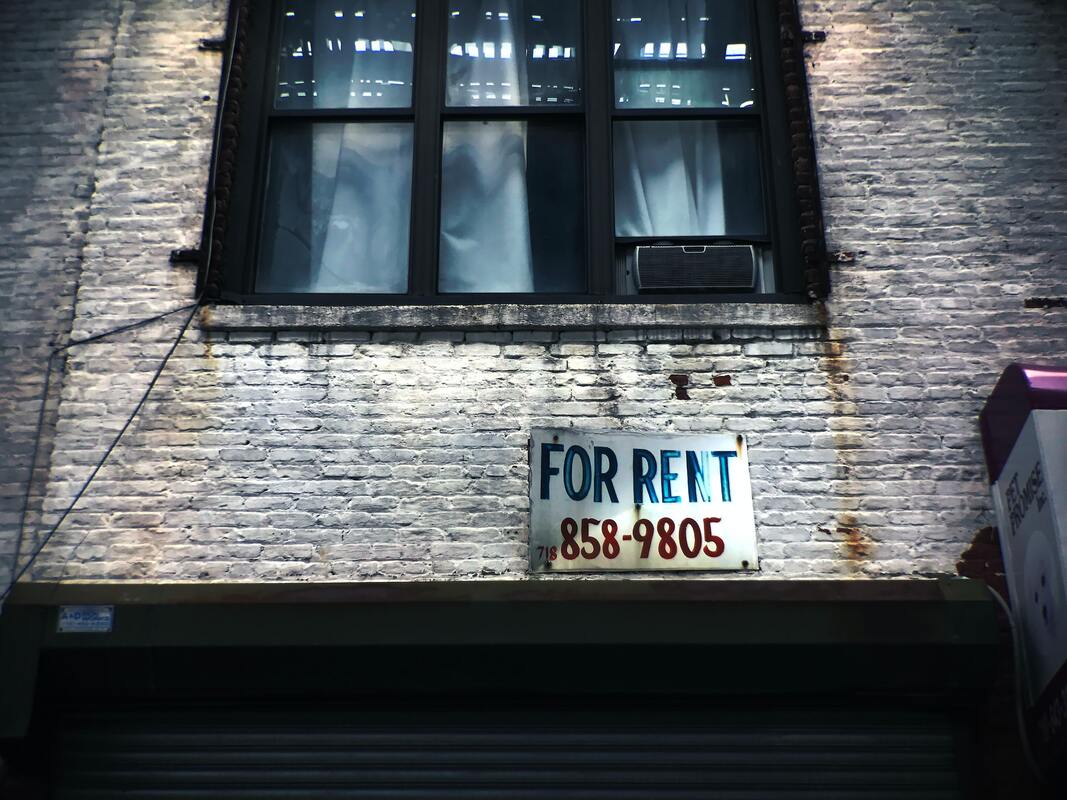
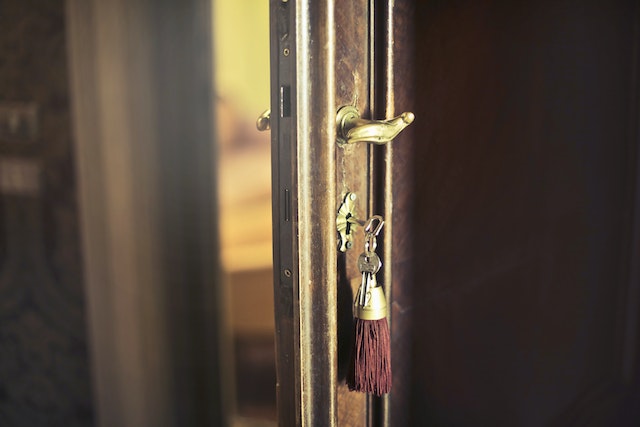
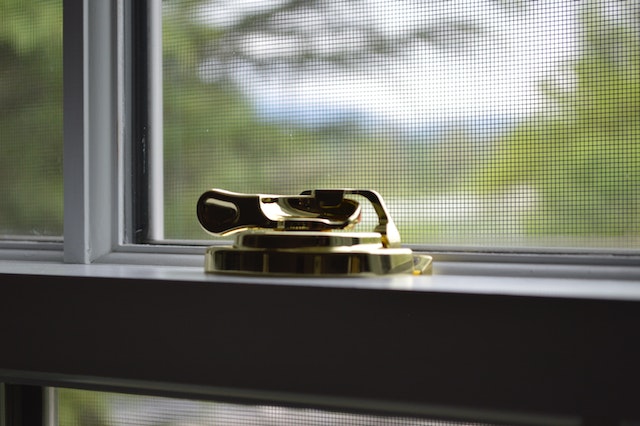
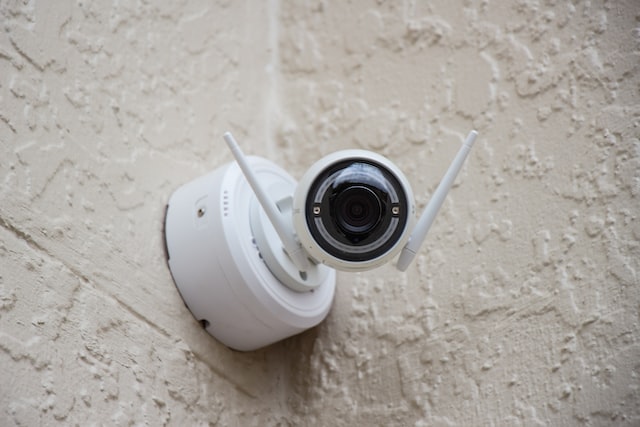
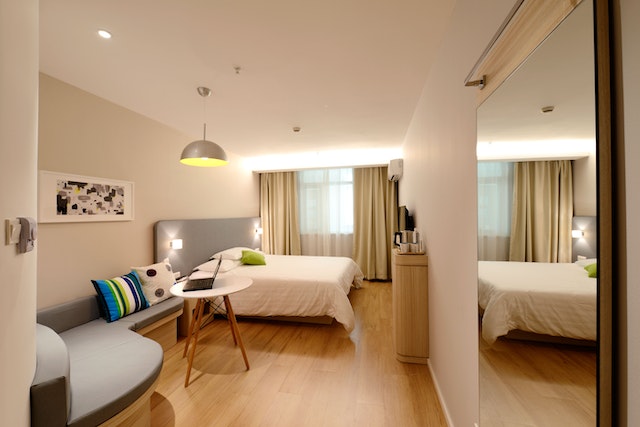


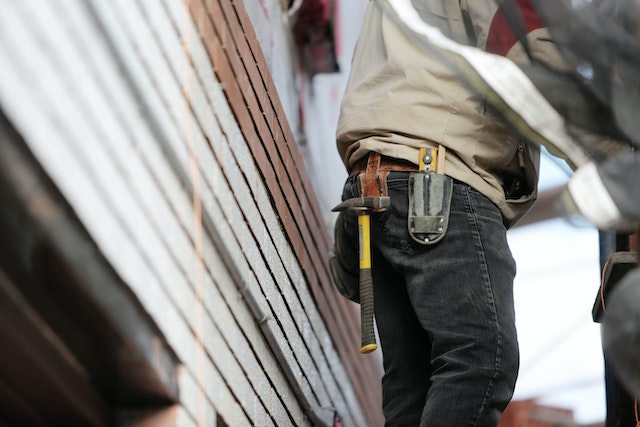
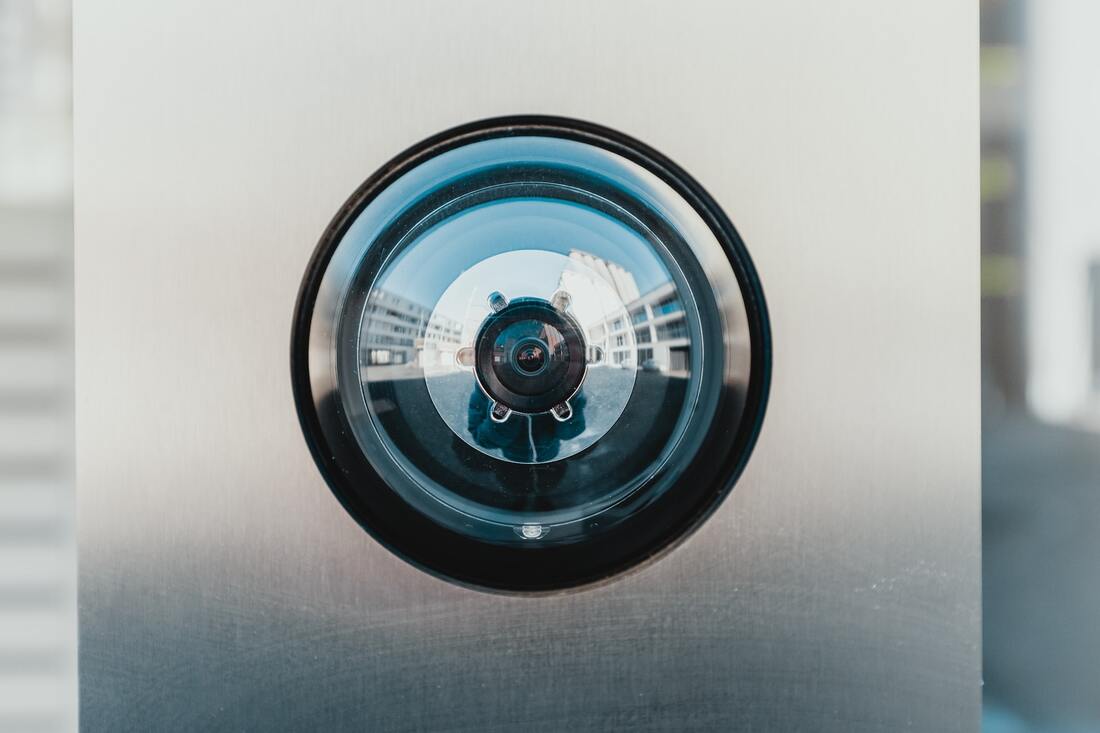
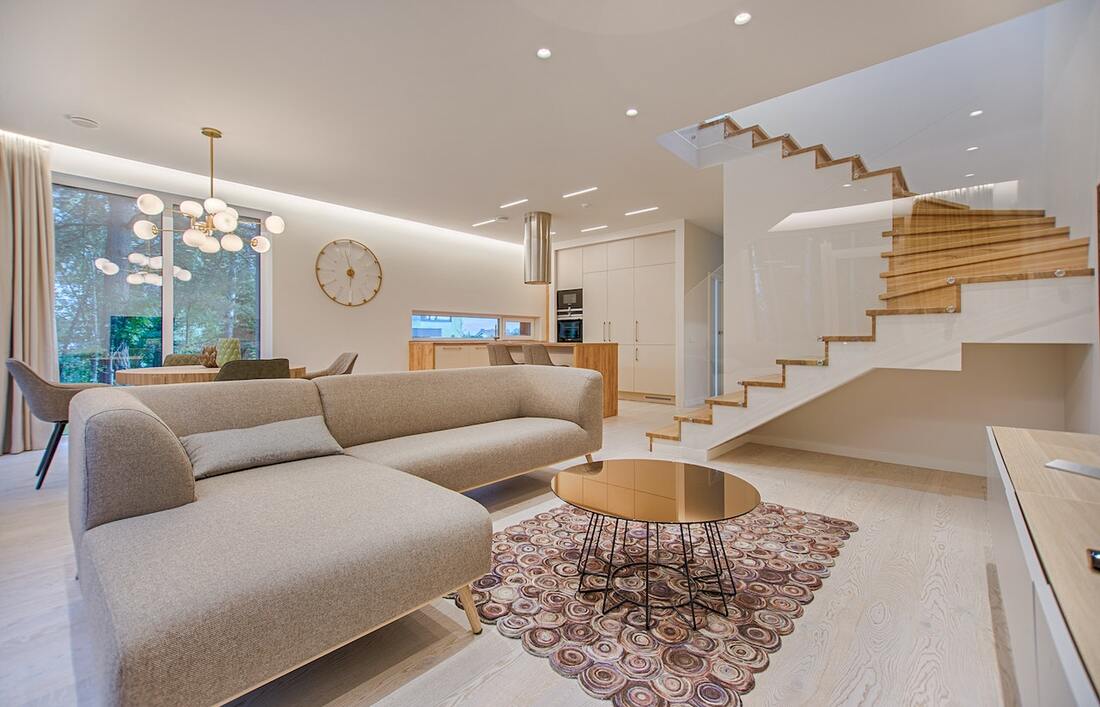
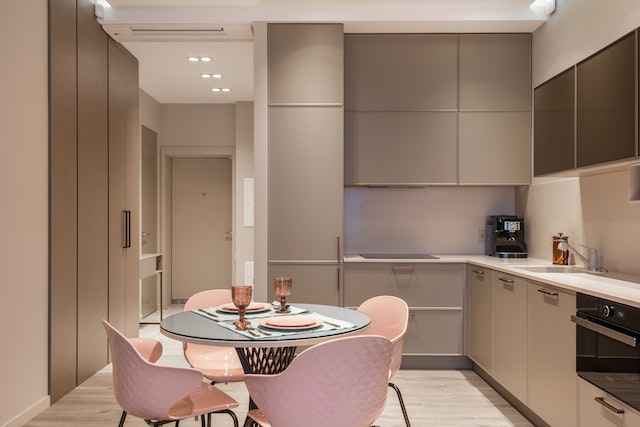
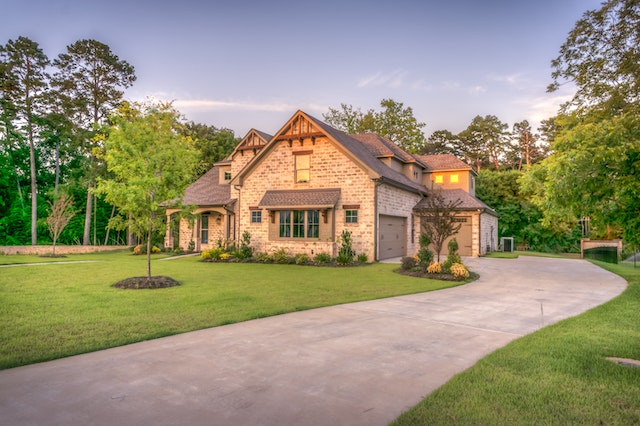

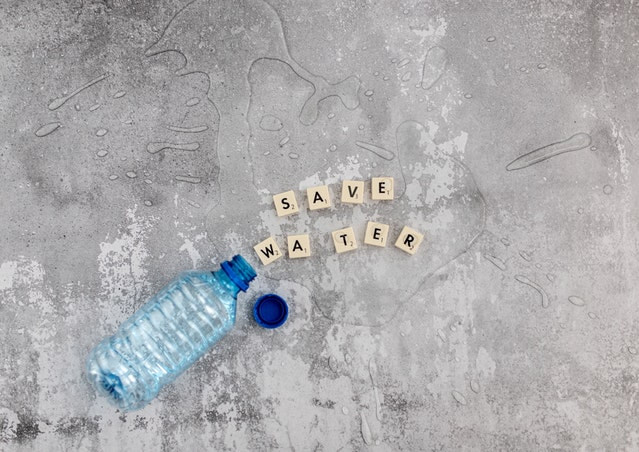
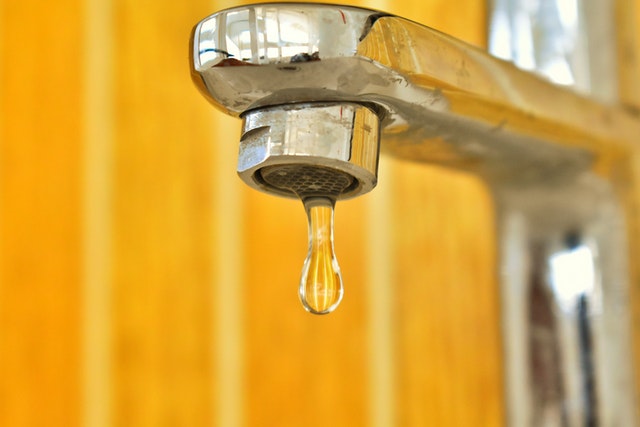
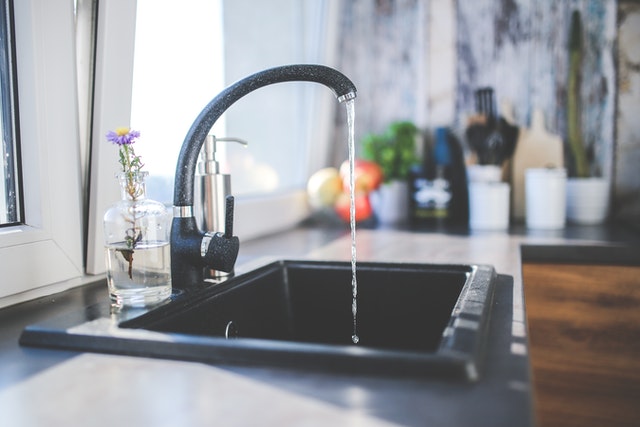
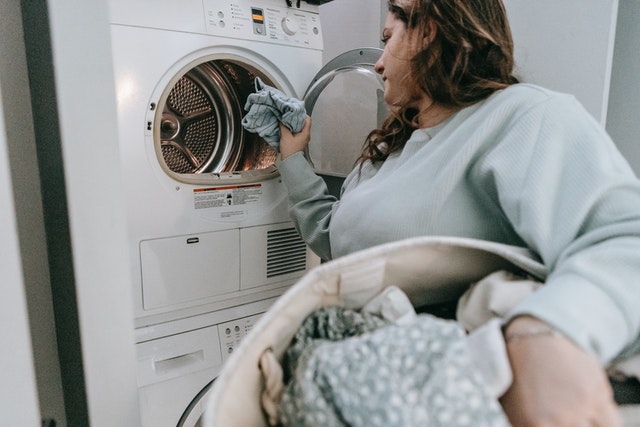
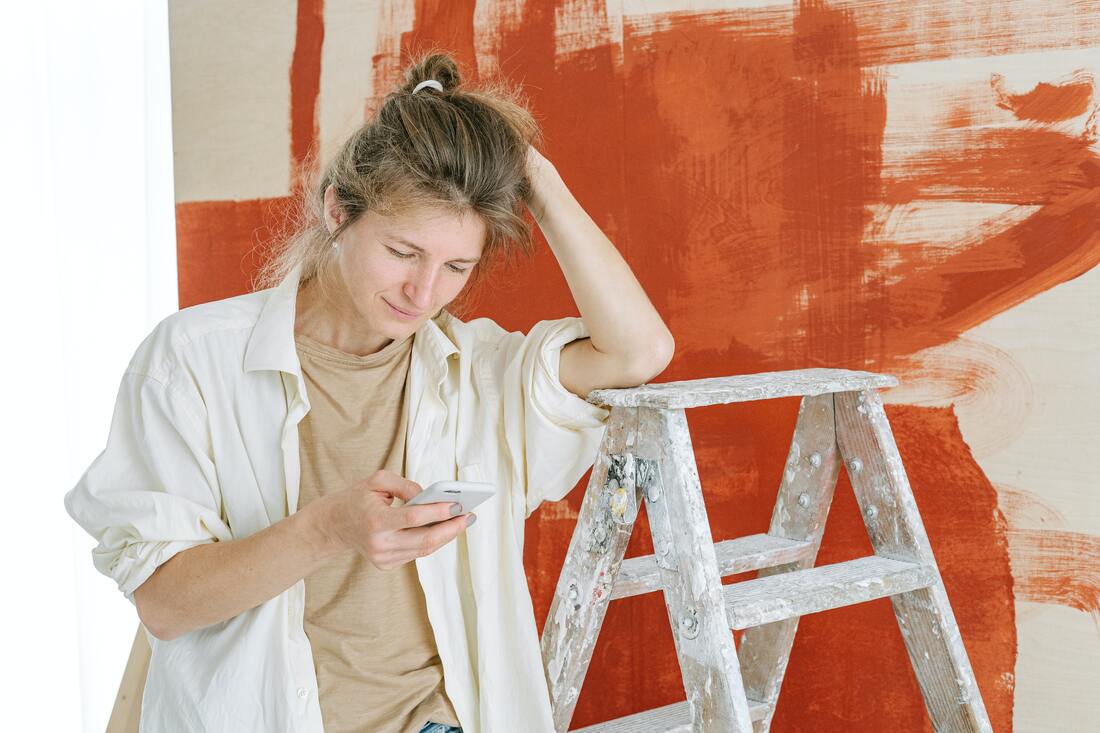
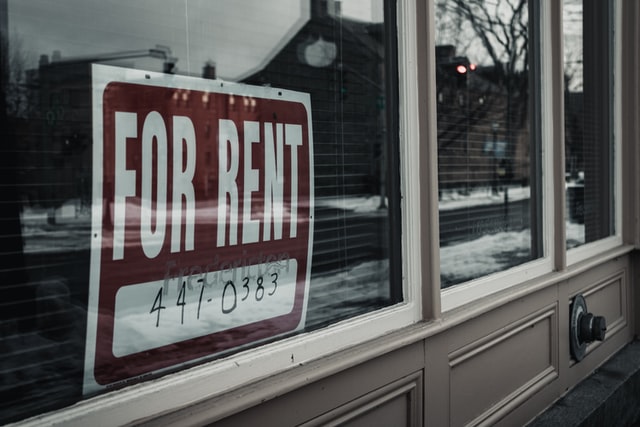
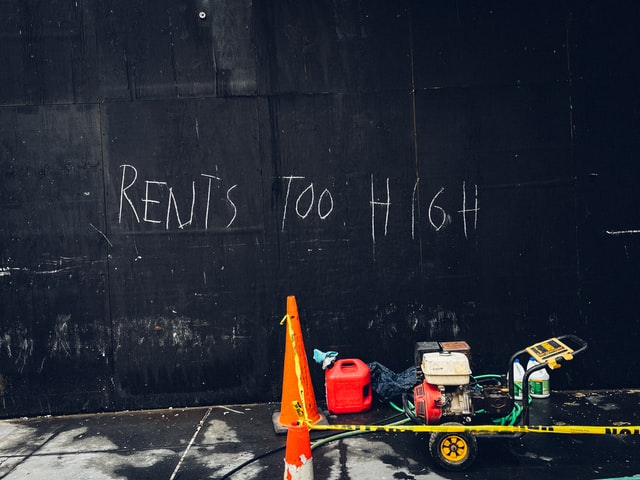
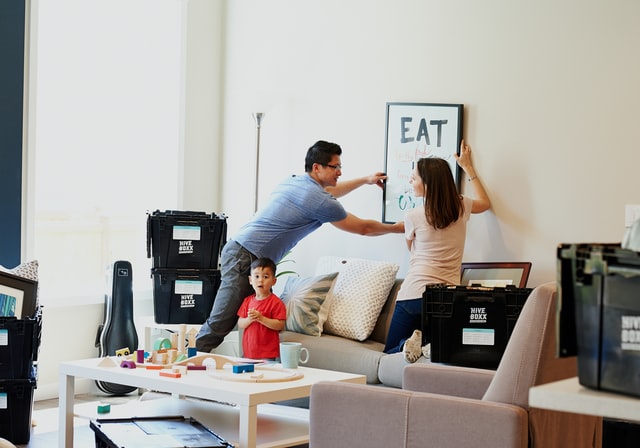
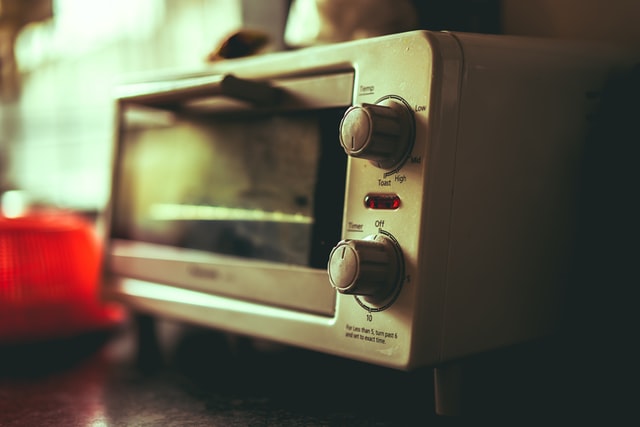
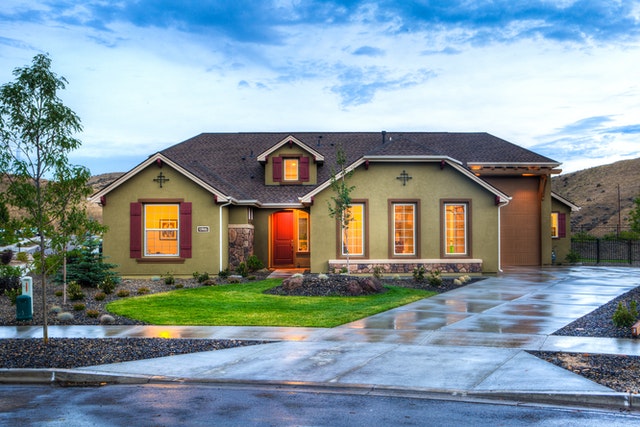
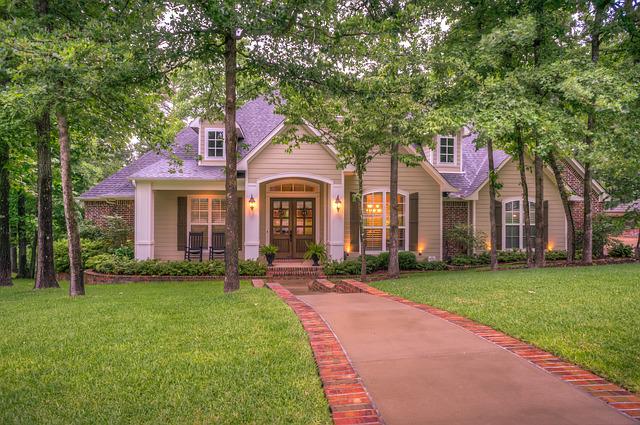
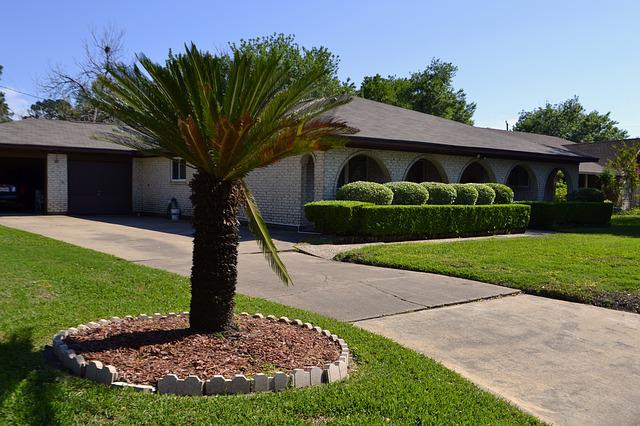

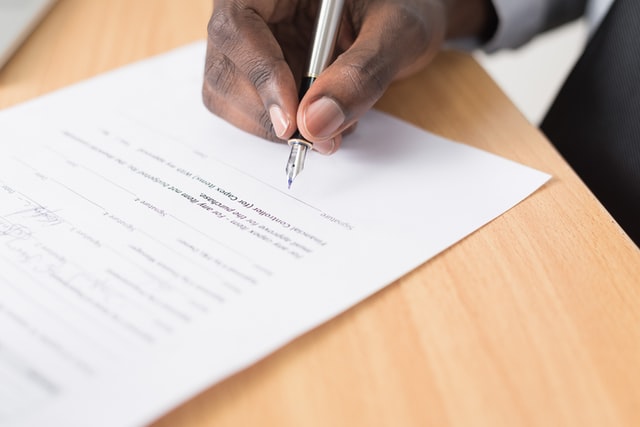
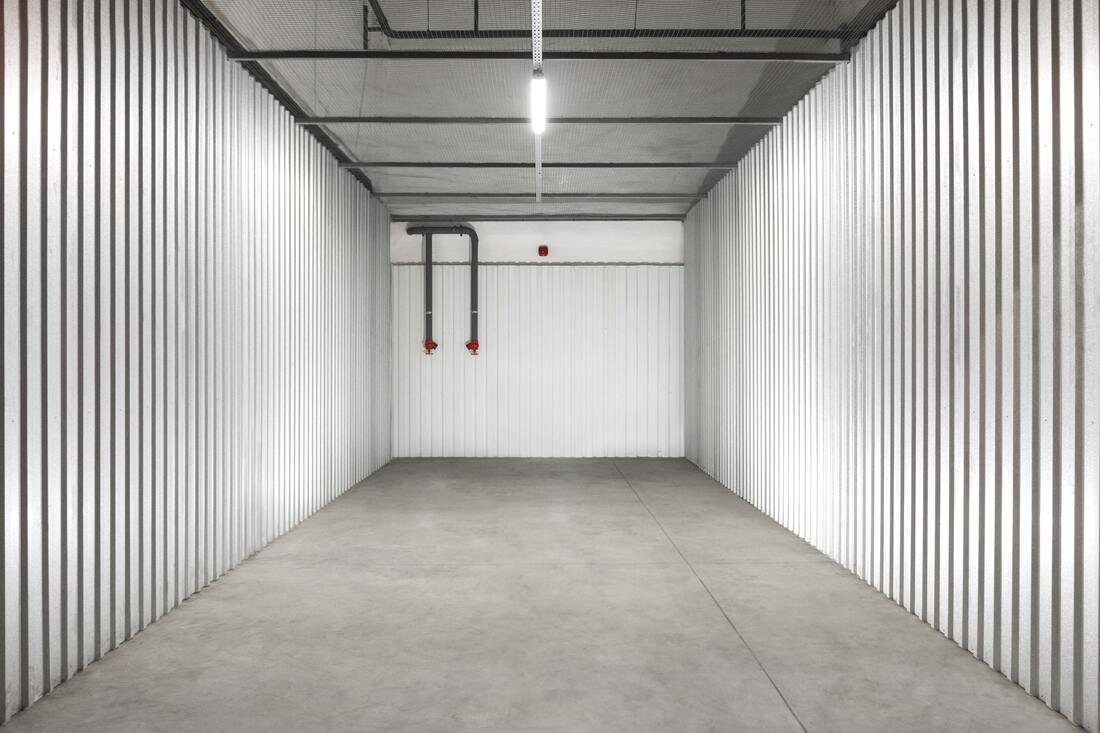

 RSS Feed
RSS Feed

